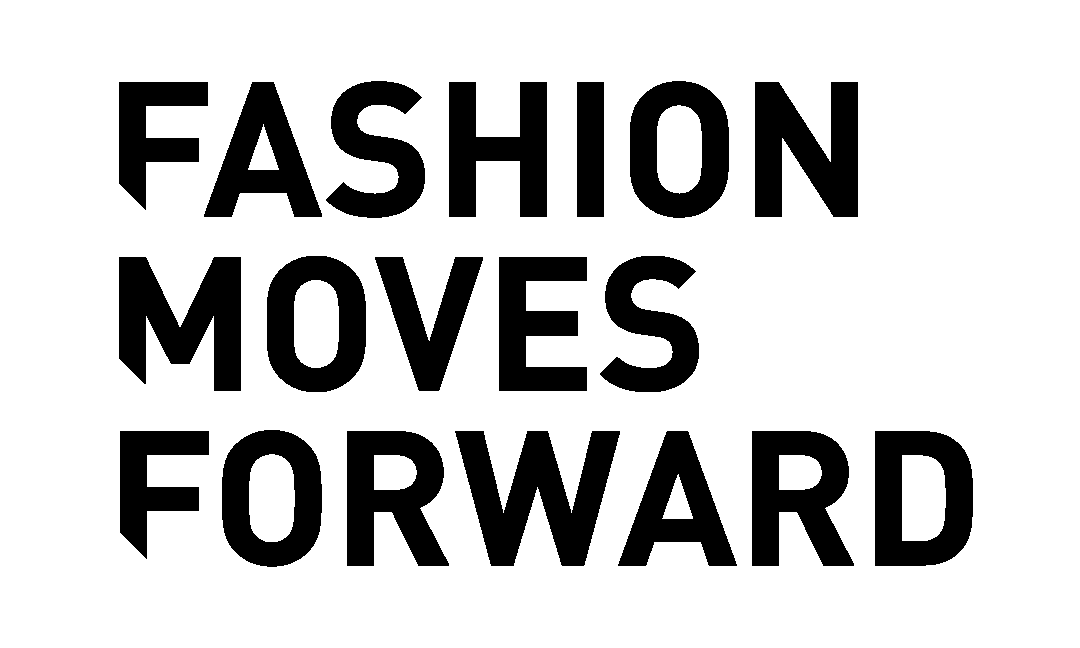Quality Over Quantity: Developing A Better, Healthier Wardrobe
Uh oh. It’s late at night and you’ve found yourself on ASOS once again. You only just ordered a pair of stretch denim from them yesterday for a steal, and now you’re looking at basic white t-shirts. You know you already own three of their white tees, but one has a stretched-out neck, one has already started to turn more beige than white, and the other is buried underneath the pile of clothing which sits on your floor because you don’t have room to hang it all up. “They’re so cheap,” you think to yourself. “What’s $10 anyway?”
Source: Noah NY
This cannibalistic cycle of constant renewal is fuel for the fashion waste fire. Thinking about what goes into the production of your garments, even if just a plain white tee, the people whose hands its passed through, and the quality and design all comprise the decision-making process of adding to your wardrobe. Many people gloss over these finer points, however, as fast-fashion war machines make it easy (and intentionally) disconnect consumers from the manufacturing process. So the next time you walk into an H&M, just remember that the factory in Bangladesh that churned out this:
is paying their workers 12 - 18 cents per hour to toil away in conditions unfit for any human to exist in, let alone operate textile machinery.
The umbrella term “ethical fashion” covers the overall design, production, retail, and purchasing journey of a piece of clothing. The converging issues - working conditions, fair trade, sustainable production, the environment, and even animal welfare (see Gucci banning animal fur because, “it’s not modern.”) - affect each step in this journey. This is also known as slow fashion, defined by the naturally higher production time when intensive focus and care comes into play.
Now you may be thinking, “Ok. But I’m ballin’ on a budget. And as a financially conscious hypebeast, sustainable fashion falls outside of my affordable range.”
Not to worry, my g. Participating in sustainable fashion is probably something already you do, even without realizing it.
Buying Secondhand
I’d be surprised if you told me you don’t have Grailed up in the next tab as you’re reading this. Buying pre-owned and gently-used has become a common acquisition avenue for those purchasing designer goods. This ensures your purchase extends the life of the garment, and supports somebody rather than a conglomerate that cares not about you nor your money.
Online consignment operations such as Grailed, TheRealReal, and Vestiare Collective offer a huge variety of pieces, typically vetted and authenticated by the site themselves. This can be nice, as the authentication isn’t on the buyer, however it pays to be wary/double-check. As the e-commerce reselling market continues to grow, these sites will follow suit. More items will be consigned, many opportunities to participate in slow fashion will rear their heads, and as they like to say at The RealReal, the “luxury lifecycle will be extended”.
Selling/Donating Used Garments
Like the imaginary pile of laundry on your floor from earlier suggests, there’s a distinct possibility you own too many clothes. Every once in a while it pays to run through your wardrobe and pare it down - think about how long its been since you last wore that pair of pants, if owning 13 jackets is ever seasonally appropriate, or if you really need to all those Supreme tees you used to collect like Pokémon (you don’t). If you’re looking to build a better wardrobe out of what you currently own, the best way is to start with a fresh outlook and do some inventory taking.
Taking an afternoon to physically spread your wardrobe out in front of you and making note of what you wear regularly, on special occasions, or not at all, can help you determine which items you should keep and which items can move on to service somebody else. Just remember, where and who you offload your clothes to matters.
If you’re feeling charitable, fill a bag with the clothing you seldom/never wear and drop it off at your local GoodWill or other donation center. Alternatively, if you find yourself with a bag full of designer clothing, selling or consignment may be the better option as you can milk additional value from your “investments” (and that’s a smart thing to do).
Less Is More
Buy less, buy better. Try to catch yourself when browsing clothing just because it’s on sale, generally cheap, or because you’re bored and want to feel the small serotonin boost that accompanies the tapping of a purchase button. Accumulating more and more only serves to dilute your wardrobe, and sees you increasing your footprint.
Once you’ve pared down your wardrobe somewhat and feel as if you have a solid baseline of quality basics to branch off from, you can begin to build upon it. Instead of copping a few wear-maybe-twice-before-reselling pieces from every Palace drop, maybe wait a couple weeks and buy that Stone Island parka you’ve been wanting forever. Sacrificing quantity for quality will only lead to a less chaotic time choosing your outfits in the morning (or night, if you’re that person), and reduce your overall impact. Every little bit counts.
Sustainability-Minded Brands to Note (and Support)



